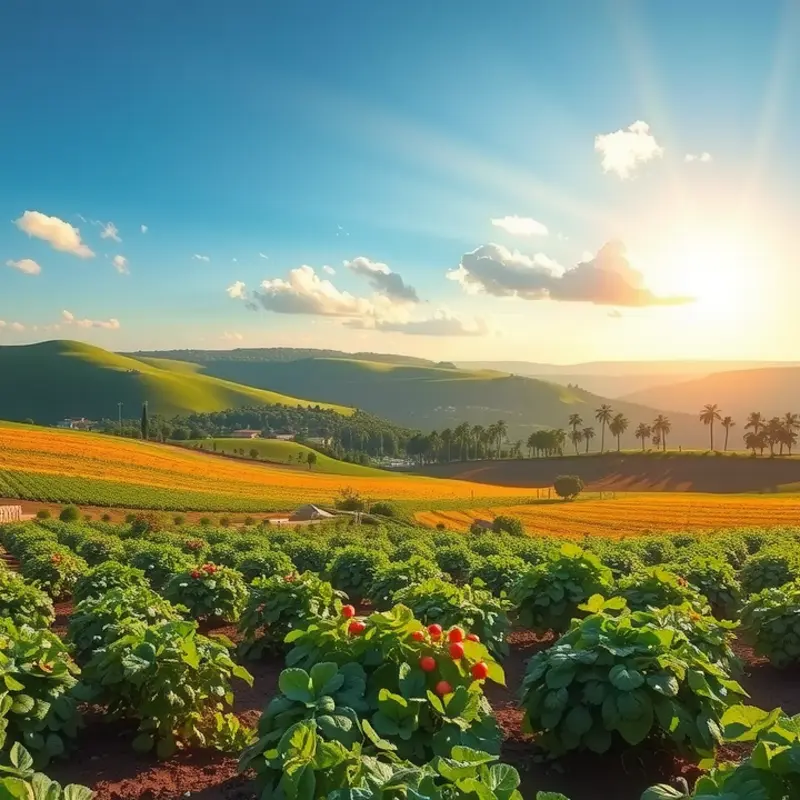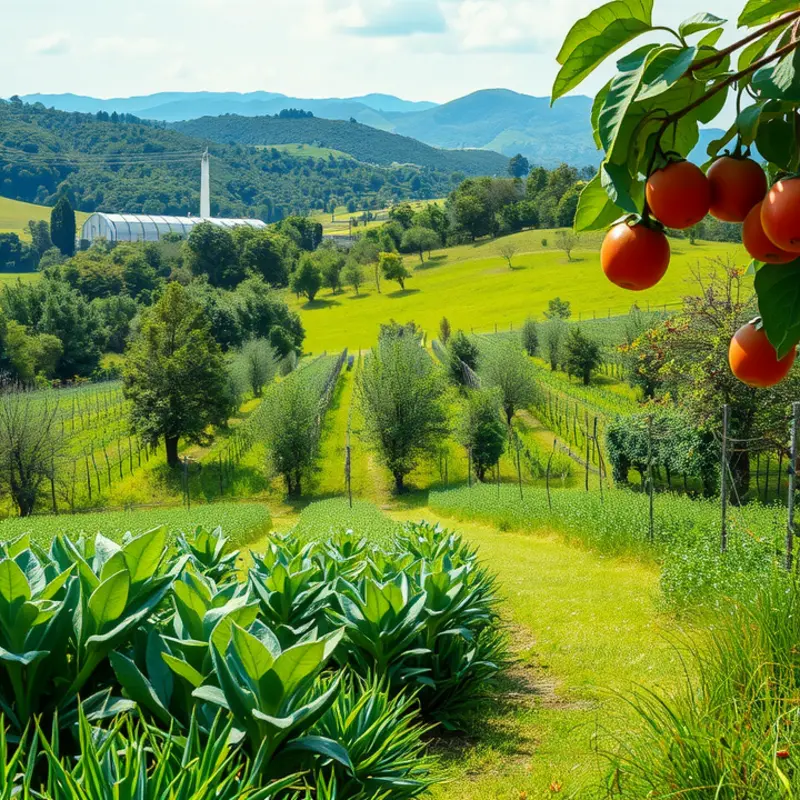Properly storing tropical fruits is essential for maintaining their freshness and taste while reducing waste. These vibrant fruits add flavor and nutrition to your diet, but without the right techniques, they can spoil quickly. By following simple, practical tips for storage, you can enjoy tropical fruits longer, avoid unnecessary waste, and contribute to better food management at home.
Understanding Tropical Fruits

Tropical fruits are a treasure trove of flavors and nutrition. Their unique characteristics demand attention to detail for proper storage, ensuring they reach your table at peak quality. Understanding these fruits and their specific needs is key to maximizing freshness and minimizing waste.
Take mangoes, for example. Known for their sweet, juicy flesh, mangoes continue to ripen after being picked. To enjoy mangoes at their best, store them at room temperature until ripe. Once they’ve reached the desired softness, transfer them to the refrigerator to slow the ripening process, extending their freshness by a few days.
Papayas, another tropical staple, also continue to mature after harvest. However, they are more sensitive to cold temperatures. Store unripe papayas at room temperature until their skin turns yellow and yields to gentle pressure. Refrigerate ripe papayas in a plastic bag to maintain their quality for up to a week.
Pineapples present a different scenario. Unlike mangoes and papayas, pineapples do not ripen significantly once picked. Purchase those with a sweet aroma and firm texture. Store whole pineapples in the refrigerator to extend their shelf life, or cut and store them in an airtight container to keep them fresh and juicy.
The nutritional richness of pineapples, mangoes, and papayas also comes with variation in water content, sugars, and acidity. These differences play a vital role in determining the ideal storage approach for each fruit.
Understanding the unique traits of tropical fruits allows us to treat each one with the care it requires. By considering these storage tips, you not only enhance their flavors but also contribute to reducing food waste. Explore additional ways to optimize your fruit storage and find eco-friendly solutions in the eco-smart kitchen storage guide.
Best Practices for Storing Tropical Fruits

Storing tropical fruits correctly can be an art, especially when dealing with their unique temperature and humidity requirements. To maximize freshness and minimize waste, it’s crucial to understand the best methods for storing popular tropical fruits like bananas, avocados, and mangos.
Choosing the Right Temperature
Most tropical fruits thrive in warmer climates and do best when stored at room temperature. For instance, bananas, which are highly sensitive to cold, should never be refrigerated while they are still ripening. When the temperature drops, bananas turn black and their flavor diminishes.
Conversely, avocados can benefit from a two-step storage approach. While unripe avocados should be kept at room temperature, once they reach the desired ripeness, storing them in the refrigerator can extend their usable life by several days. This slows down the ripening process, giving you a larger window to enjoy them.
Mangos have similar requirements. They are best kept on the counter until fully ripe. Once ripened, they can be transferred to the refrigerator, which helps preserve their taste and texture for an extended period.
Managing Humidity Levels
Humidity plays a vital role in fruit storage. High humidity environments can encourage mold growth, especially in dense fruits like mangos. To prevent this, ensure good air circulation if you store them in a fruit bowl. Avoid plastic bags unless they are perforated to allow for ventilation.
Bananas, however, do well with a bit of separation among themselves. Wrapping their stems with a bit of cling wrap can help retain their freshness by slowing the release of ethylene gas, which accelerates ripening.
Effective Wrapping Techniques
For fruits like avocados and mangos, if you need to store cut halves, leave the pits in. The pit helps release antioxidants that slow spoilage and browning. Wrap the halves tightly with plastic wrap, ensuring no air is trapped. This technique works well in tandem with refrigeration.
If your avocados are quite ripe and you have an excess, consider mashing them with a bit of lemon juice and freezing them. The acidity from the lemon juice minimizes browning and the mixture stores well in airtight containers.
Refrigeration and Ripening Tips
Understanding the difference between room temperature and refrigeration is crucial for avocados and mangos. For ripening, avocados can benefit from being placed in a paper bag with an apple or banana. The ethylene from the additional fruit will encourage the avocado to ripen more quickly.
For mangos, you can achieve similar effects with a paper bag. Check daily to prevent over-ripening and use as soon as they reach peak flavor and firmness.
By carefully considering the right storage methods, you can significantly extend the life of your tropical fruits. This not only enhances flavor and texture but also contributes to sustainable storage practices. For more insights into eco-friendly storage solutions, explore the eco-smart kitchen storage guide.
Final words
Adopting proper storage techniques for tropical fruits can significantly enhance their freshness, taste, and longevity. By understanding the specific needs of each fruit and implementing the best practices outlined in this guide, you can minimize waste and enjoy your favorite tropical flavors for longer. Remember to monitor your fruits regularly and adjust your storage methods as needed to maintain peak quality. Refresh your kitchen with these colorful delights while also promoting sustainability and efficient food management.







